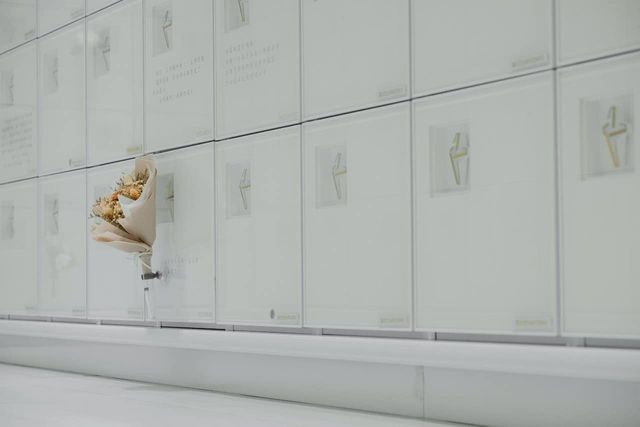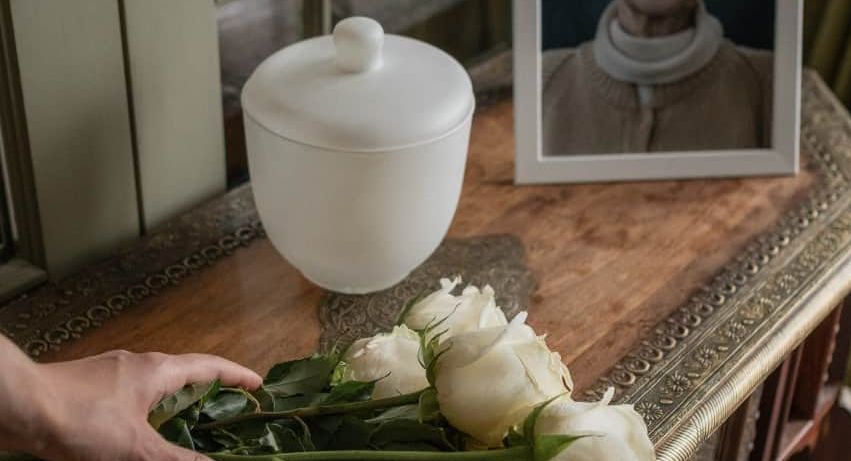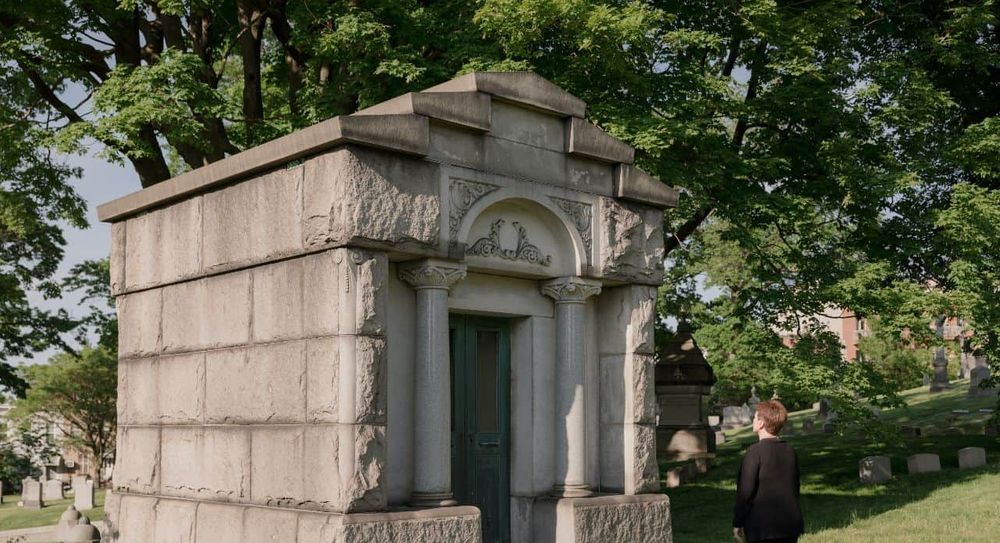A columbarium is a structure where urns with cremated remains in are kept. It can be a wall in a crematorium garden or a room in a mausoleum where the urns or kept. Or it can be a small building. But each one features small spaces built into the structure so the urns can be individually stored.
What does a columbarium look like?
A columbarium can be a simple wall in a crematorium. Or it can be an elaborate piece of architecture in a church. Each columbarium design will vary. But they all have spaces built into them where the urns are kept.
What is a columbarium niche?
A columbarium niche is one of the many small spaces built into the columbarium. Each one is a compartment built specifically to house an urn (or sometimes two urns for partners). Some niches will be open and some will be closed with an inscription on the front dedicated to the person who passed away. Sometimes there is also space for a plaque above or below the columbarium niche. And there may be space for visitors to put flowers too.
What does columbarium mean?
The word columbarium comes from the Latin columba which means dove. This is because the small spaces in a columbarium look like the openings of a dovecote – a structure where doves and pigeons are housed.
How much does a columbarium niche cost?
The cost of a columbarium niche varies a lot depending on the location of the columbarium. If, for example, you’d like to place a memorial urn in a historical columbarium in a church this will cost a lot more than a simple wall in a crematorium. Columbarium costs also differ from place to place. They’re likely to cost more in London than in the Midlands for example. The cost starts from around £500. But it could be more than that depending on the location. Keep in mind that you’ll also be paying for a lease. This could be for 10 years or 25 years. And if you’d like to renew it after that there will be another cost.
How to find a columbarium near you
If you’re looking for a local columbarium it’s worth checking crematoriums or places of worship near you. Some churches who accept cremation may have a columbarium inside or next to them. And crematoriums across the UK are increasingly building columbaria on their grounds. Get in touch with the church or crematorium to see if they have space available and what their costs are. The funeral director you’re working with to arrange the funeral may also be able to help.
Alternatives to a columbarium
You don’t have to use a columbarium to store someone’s ashes. Here are some alternatives you could consider:
- Keep the ashes and memorial urn at home. It’s also possible to share the ashes in several urns so that different family members can keep them.
- Bury the ashes in a special place. Many burial grounds allow you to buy a plot for burying ashes (sometimes called interment). This usually costs less than burying a coffin. If you’d like, you can have a burial service at the graveside. It’s also possible to bury the urn in your own garden, but make sure you check if you need permission first.
- Scatter the ashes. There are many different places where you could scatter the ashes, either in the UK or abroad. Keep in mind that you’ll often need to get permission from the person who owns the land. This includes if you’re scattering the ashes in a burial ground.
- Have the ashes set in a piece of memorial jewellery. Ashes can be made into many different memorial items or keepsakes. Memorial jewellery is particularly popular.
More help and advice
Photo by Henry & Co. on Unsplash




